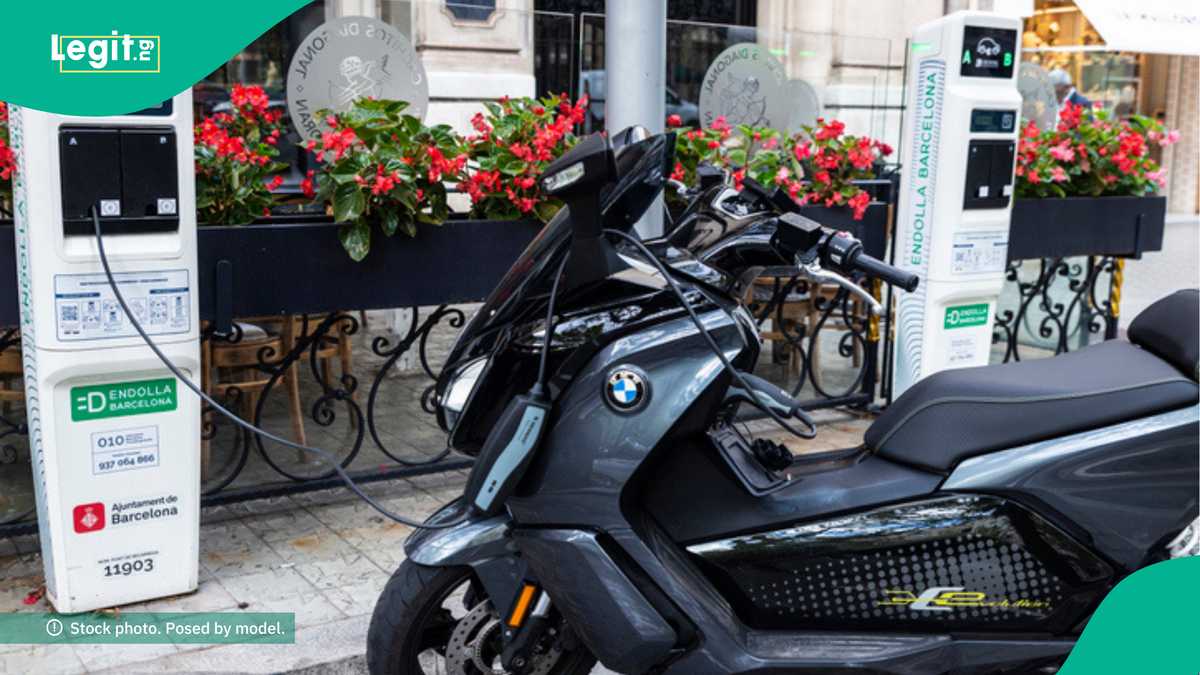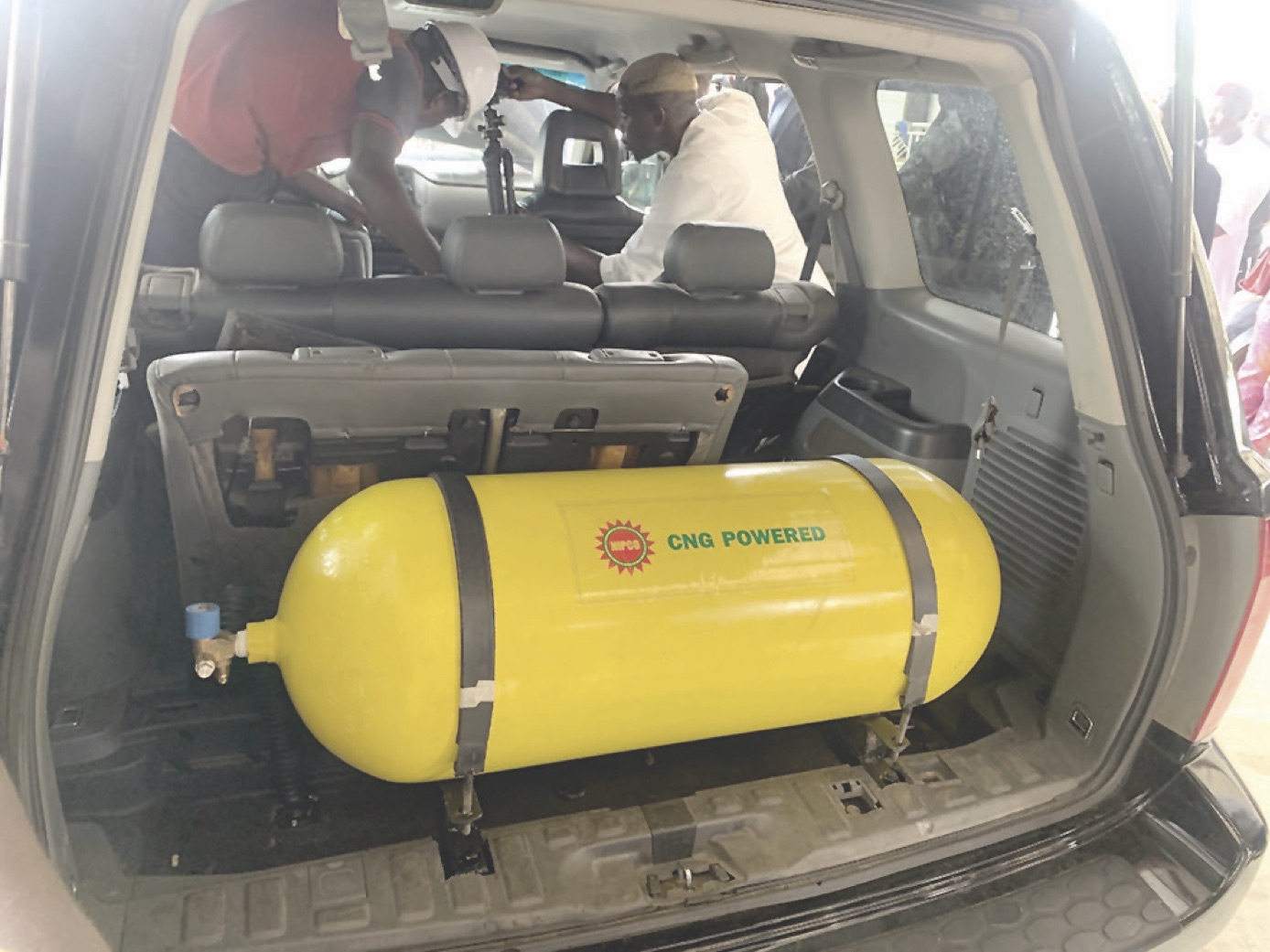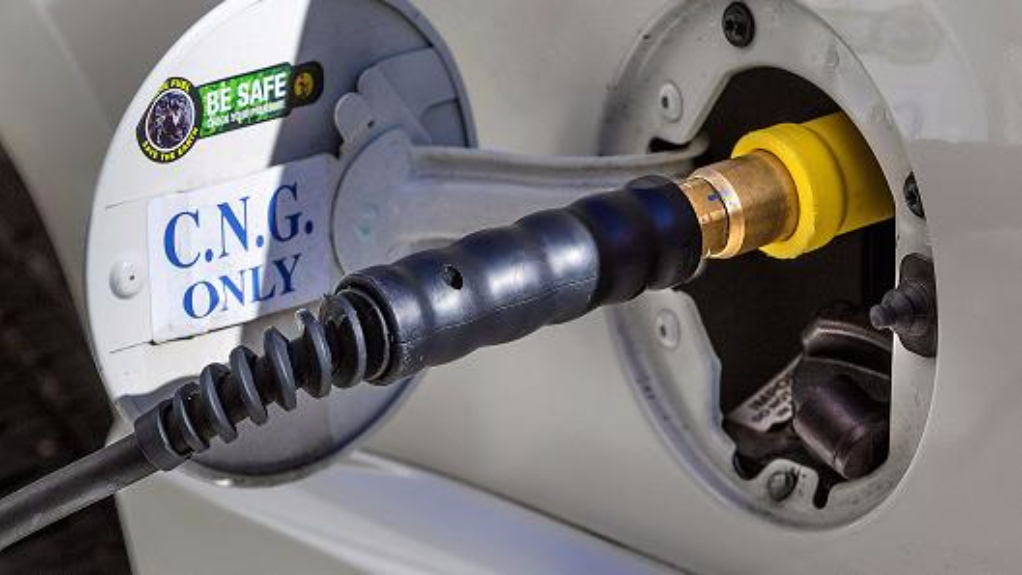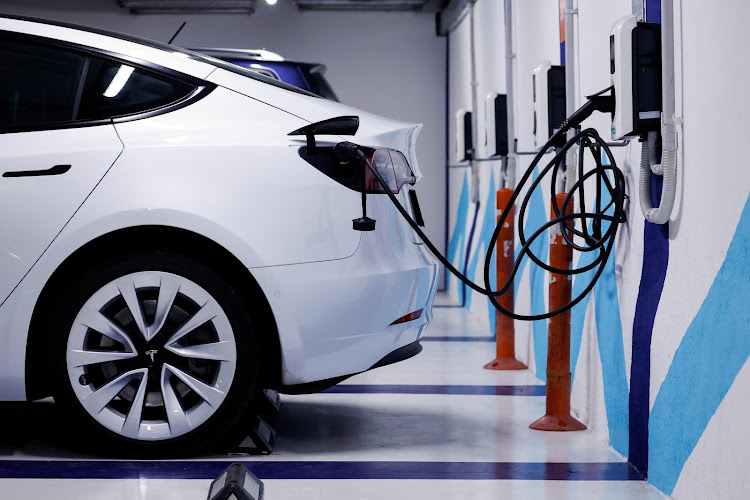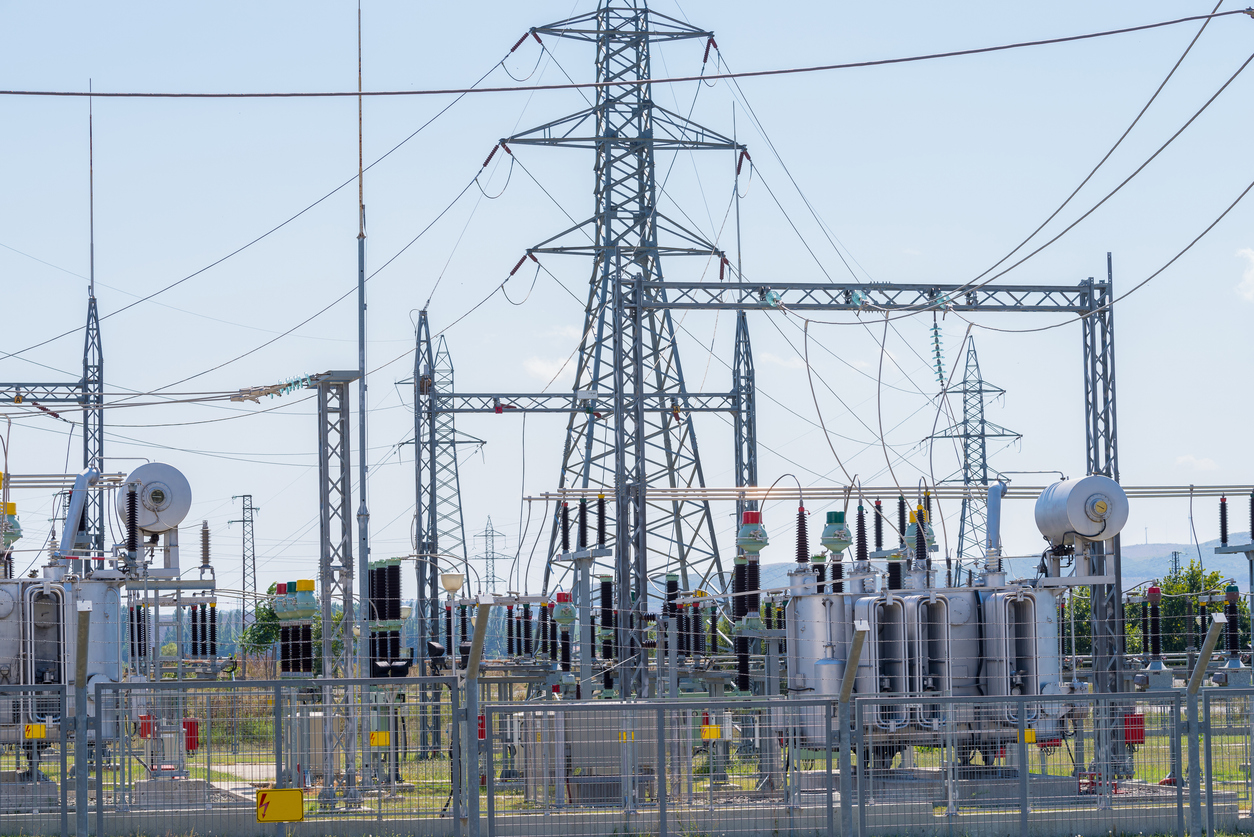
These facilities are the backbone of the electricity grid, responsible for transforming voltage levels to make power usable for businesses and homes alike. For Vital EV customers exploring EV charger infrastructure, understanding substations and their function within the local distribution and transmission system is important, as it directly impacts the efficiency and reliability of their EV charging stations.
Understanding the Role of Substations
Substations are designed to step up or step down voltage levels to make electricity transportable over long distances and usable for everyday applications. The journey begins at electricity generating plants, where power generators produce high-voltage electricity that must be transported efficiently over vast distances.
Here’s a breakdown of the different types of substations and their functions:
Transmission Substations
These substations handle high voltage electricity generated by power plants. Located near electricity generating plants, transmission substations increase the voltage of the electricity so it can travel long distances across overhead power lines or underground cables with minimal energy loss. Transmission substations are equipped with substation transformers that step up the voltage and circuit breakers to protect the system from faults.
Distribution Substations
Distribution substations are the last step before electricity reaches homes, businesses, and other end-users. After electricity travels across the transmission system, these substations step down the voltage to safer, more manageable levels for the distribution network. Distribution substations also distribute electricity to specific areas, supplying power for local distribution through lower-voltage lines.
For businesses planning EV charger infrastructure, understanding the function of distribution substations is key. Distribution substations deliver the lower-voltage power that EV chargers require, making them essential in the electricity system that powers EV infrastructure.
How Substations Impact EV Charger Infrastructure
For companies considering EV charger installation, access to a robust distribution network is key. Substations ensure that voltage levels are suitable for powering high-demand equipment like EV chargers.
Here are several ways substations are directly relevant ev charging:
Voltage Requirements for Ultra-Rapid Chargers
Ultra-rapid and high-power EV chargers draw significant amounts of electricity. By working with distribution substations and local distribution systems, Vital EV can ensure that these voltage requirements are met efficiently. Understanding voltage needs also helps avoid overloads that could disrupt the local electricity system.
Site Assessment and Infrastructure Planning

When we design EV infrastructure for a business, proximity to a substation and access to adequate voltage levels are essential considerations. For sites near a transmission substation, additional infrastructure might be needed to step down the voltage, while sites near distribution substations may have a simpler installation process.
Reliability and Power Supply Stability
Substations enhance the stability and reliability of power supply. For businesses investing in EV chargers, the assurance that their chargers have a stable power source can reduce downtime and improve customer satisfaction. Substations equipped with circuit breakers and protective equipment help maintain a reliable flow of electricity to EV chargers, reducing the risk of power interruptions.
Scalability and Future Expansion
As EV adoption grows, businesses may need to expand their charging infrastructure. Substations facilitate this scalability by ensuring the local electricity system can handle increased demand without compromising the distribution network. This adaptability is critical for if you plan to grow your EV fleet or charging services over time.
From Generation to Your EV Chargers
The electricity system in the UK relies on substations to move power from electricity generating plants to end-users. Electrical substations link the transmission and distribution networks, moving electricity through overhead power lines or underground cables until it reaches the distribution substation closest to your business.
For Vital EV customers, working with professionals engineers who understand how substations and the electricity grid operate means access to efficient, compliant EV charging solutions. Substations are more than just power-conversion sites; they are critical for reliable, safe, and scalable EV infrastructure.
Why Substation Knowledge is Essential for EV Charging Infrastructure
At Vital EV, we design EV charging solutions that meet the unique needs of each business. Understanding the role of substations in the electricity transmission and distribution process is a foundational part of our planning.
Our team evaluates local substation proximity in a site survey which includes voltage requirements, and network capacity, ensuring your charging infrastructure integrates into the distribution network. This approach provides you with a reliable, efficient EV solution tailored to your site and scalable for future growth.
Whether you’re installing EV chargers for customers, employees, or fleet vehicles, a robust connection to the electricity grid and local substations is vital. By using substation infrastructure, Vital EV helps businesses provide uninterrupted charging access, creating a strong foundation for sustainable transportation solutions.





